(Prices correct as of today’s date, are updated daily, are subject to change and represent genuine availability at time of update).
Cruise only holidays are financially protected by ABTA. Fly cruise holidays are financially protected by Royal Caribbean International under ATOL number 3088
Please click here to check the essential travel requirements before booking this cruise.
Want to add a hotel stay or change your flights?
Just call our team of cruise specialists to help build your dream cruise holiday today!
Prices based on 2 people sharing. Cruise only price does not include flights. Fly-cruise price may vary by chosen UK airport.
Itinerary
San Juan (Puerto Rico)
If you associate Puerto Rico's capital with the colonial streets of Old San Juan, then you know only part of the picture. San Juan is a major metropolis, radiating out from the bay on the Atlantic Ocean that was discovered by Juan Ponce de León. More than a third of the island's nearly 4 m... Read More
San Juan (Puerto Rico)
At Sea
Castries
Basseterre, Saint Kitts
Saint John's
Tortola
Charlotte Amalie
San Juan (Puerto Rico)
What's Included with
Royal Caribbean International
One of the main benefits of a cruise holiday is not having to worry about all the finer details - everything is taken care of in advance, so your only job is to relax and enjoy the experience!
Accommodation, food, soft drinks and refreshments are all included and enjoy speciality restaurants at a supplementary cost. You can also sit back and relax by enjoying on-board entertainment, activities and facilities. Fancy a late night dip in the pool, a spin on the roulette wheel or an evening out at the ship’s theatre? You’ll be spoilt for choice!
There are plenty of family-friendly options on board many Royal Caribbean cruise ships, too. A host of enjoyable youth programmes ensure your whole family will have a fantastic time while sailing to your exciting destination.
Accommodation
Breakfast, lunch, dinner and snacks in a choice of included dining venues
Entertainment throughout the day and evening
Use of swimming pools, hot tubs, fitness centre and leisure facilities where available
Return flights included from a choice of UK airports (fly cruise bookings only)
Port taxes
Selected hot drinks, iced tea, lemonade, juices, and water in selected venues
Porterage of luggage from port to cabin
Youth programmes for babies to 17-year-olds
Sailaway parties, themed nights and deck parties
Shuttle service to and from ports and airport where available
Everything you need right at your fingertips! Includes accommodation, meals, entertainment and onboard activities. Plus, drinks such as water, squash, tea and coffee are also free of charge.
Explore Brilliance of the Seas



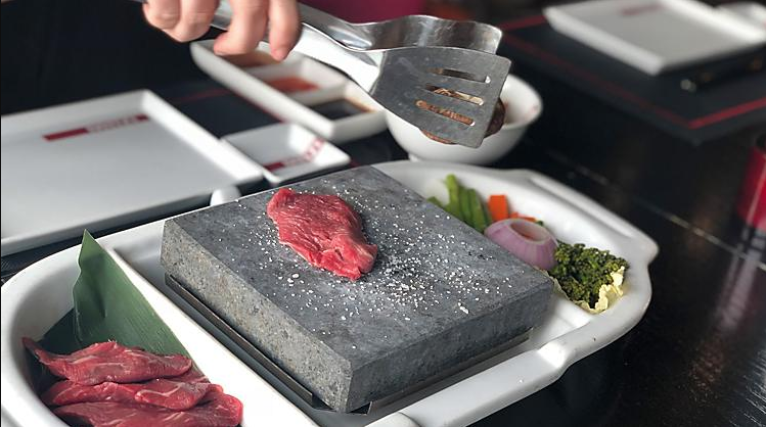


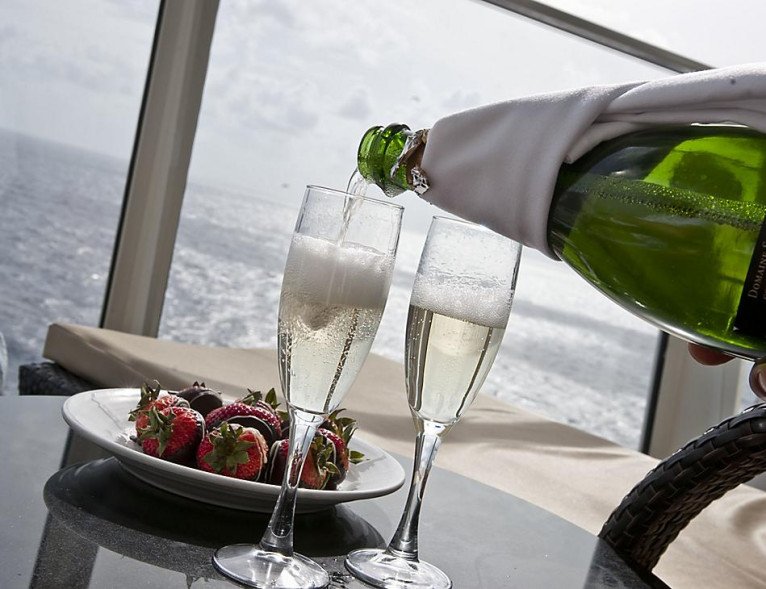


Izumi
THE HOTTEST SUSHI SPOT AT SEA
From delicious sushi rolls to fresh sashimi and nigiri, Izumi serves up an exotic Asian-inspired dining experience. Savour izakaya-style starters and rolls that range from classic to imaginative. Whatever you order, you’re in for a far out, Far East feast filled with incredible flavours from Tohoku to Tokyo.
Attire: Smart Casual
How to purchase: Cruise Planner or Onboard
MENU HIGHLIGHTSAt Izumi Sushi, indulge in a four-course meal that includes one starter, two mains and one dessert. From the starters list, don’t miss the prawn firecracker spring roll, served golden-fried to perfection and stuffed with prawn, crab meat and the perfect balance of sambal chilli with cream cheese. For your main course, if you’re dining with an appetite, get your sushi fix with one of the chef’s signature rolls – foodies love the baked snow crab and salmon dynamite roll, which fuses cool cream cheese and cucumber with spicy mayo, garlic-chilli oil, citrus and a decadent champagne sauce. For dessert, choose between an assortment of creamy, chewy mochi, traditional green tea ice cream, a decadent chocolate lava cake or crispy sesame balls served with red bean and strawberry sauce.
PRO TIP
Dining with little ones? Ask for a kids’ menu. It’s got plenty of smaller-sized versions of Izumi’s sushi, teriyaki and more.






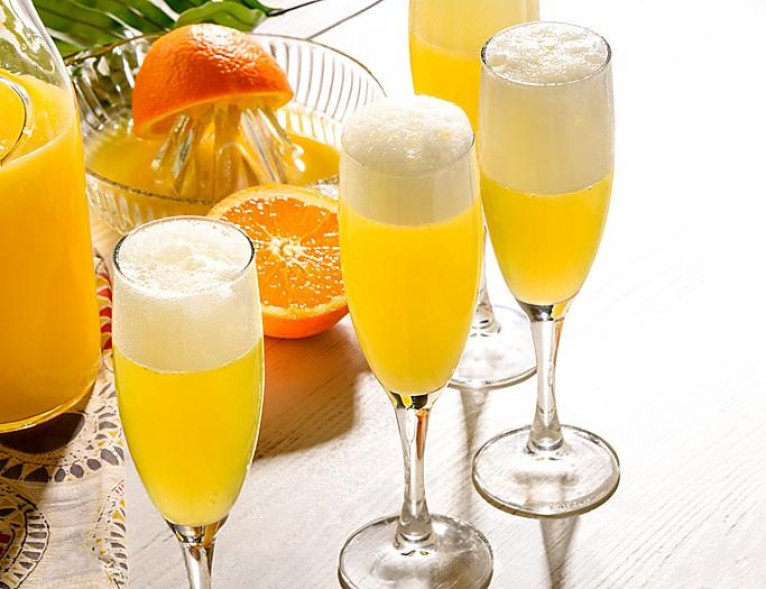


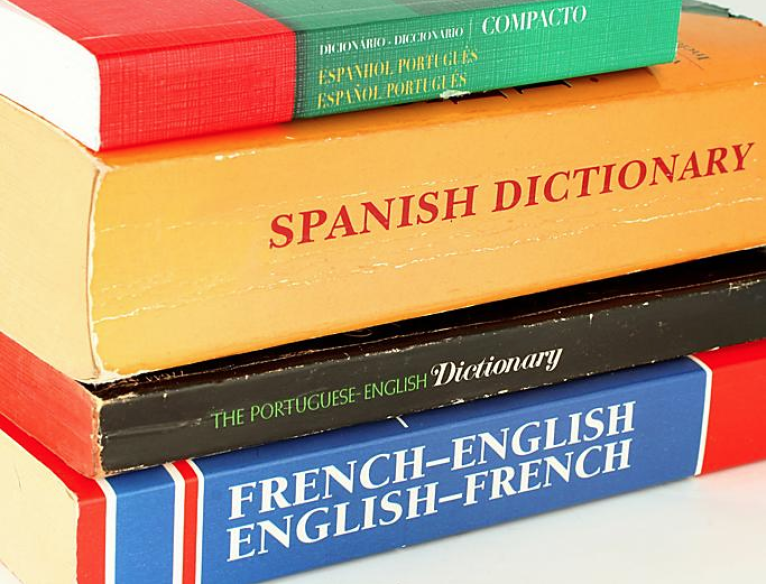
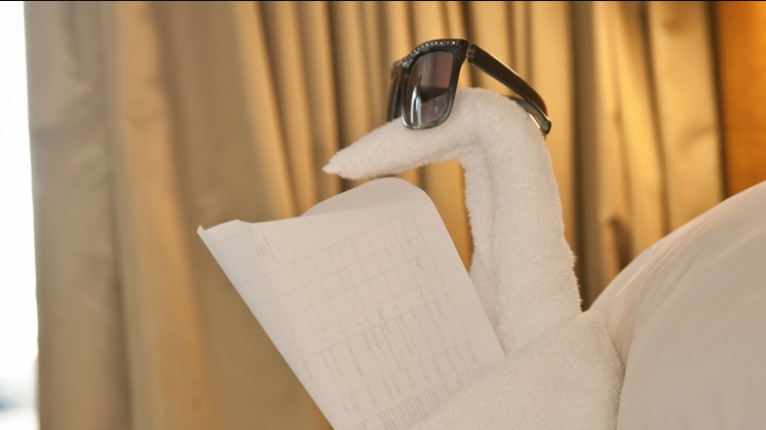


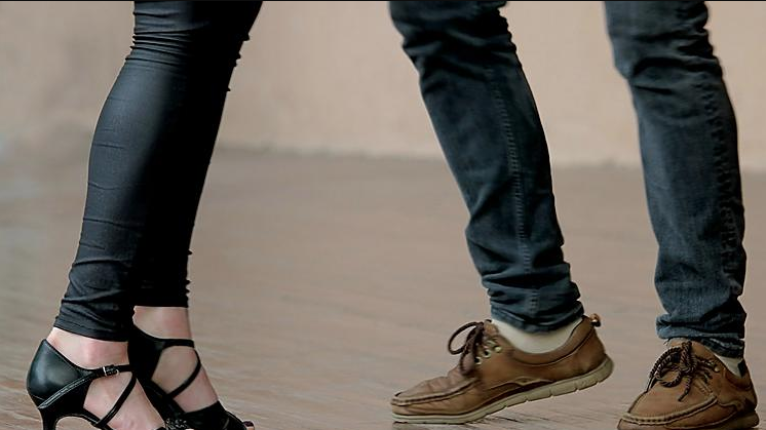
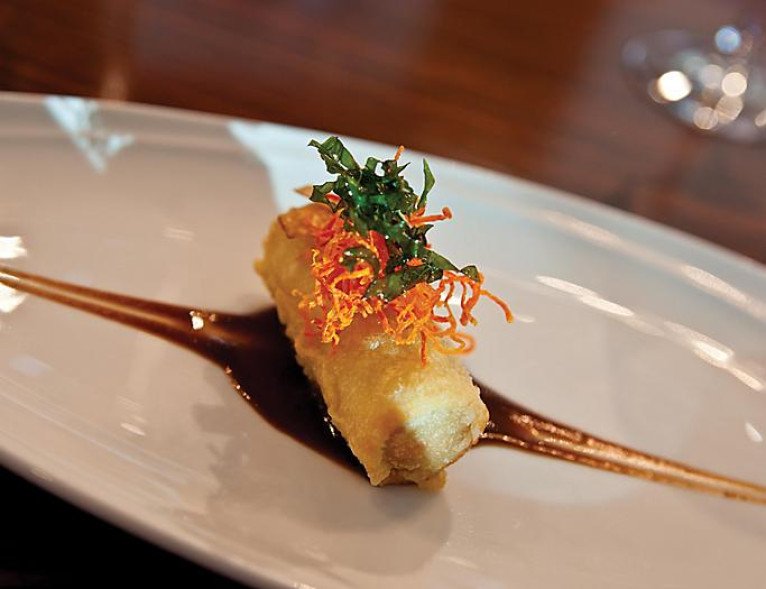


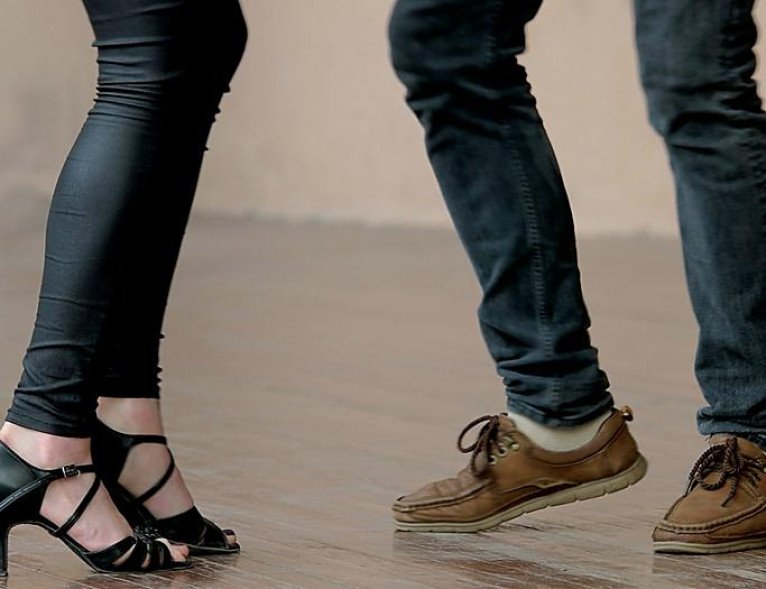
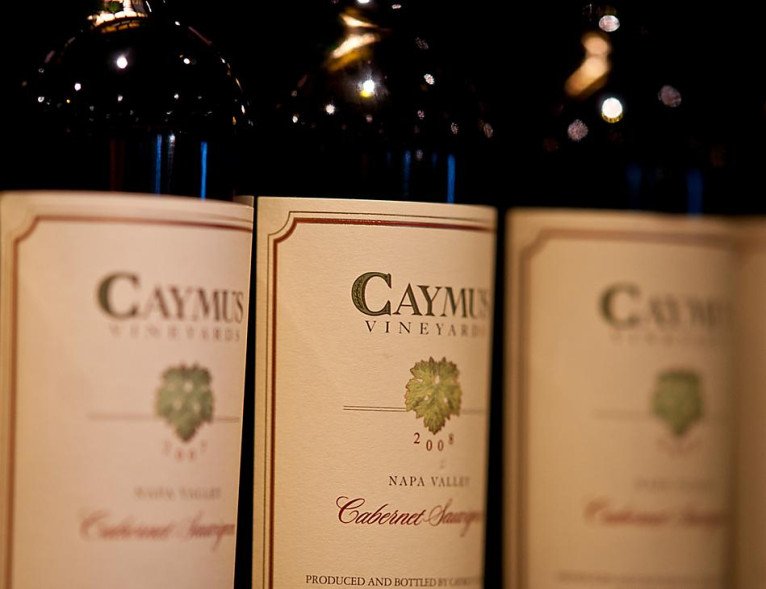



Shore Excursions & Guided Tours
Whether you dream of trailblazing through the Alaskan tundra, learning how to whip up traditional Mediterranean dishes on the Greek isles, or sampling rum at centuries-old distilleries in the Caribbean, you’ll find the world is brimming with full day adventures — and nobody takes you deeper than Shore Excursions. Explore every shore your way with excursions and guided shore trips designed to thrill all kinds of traveler, from couples craving a little extra romance to families looking to bond over bucket list moments. No matter what kind of vacation experience you’re after, you’ll find new and exciting ways to make memories on your next getaway with a Shore Excursion. Unleash your inner explorer and discover bold new ways to connect with the people, culture and places around you as you cruise from one unforgettable port of call to another.













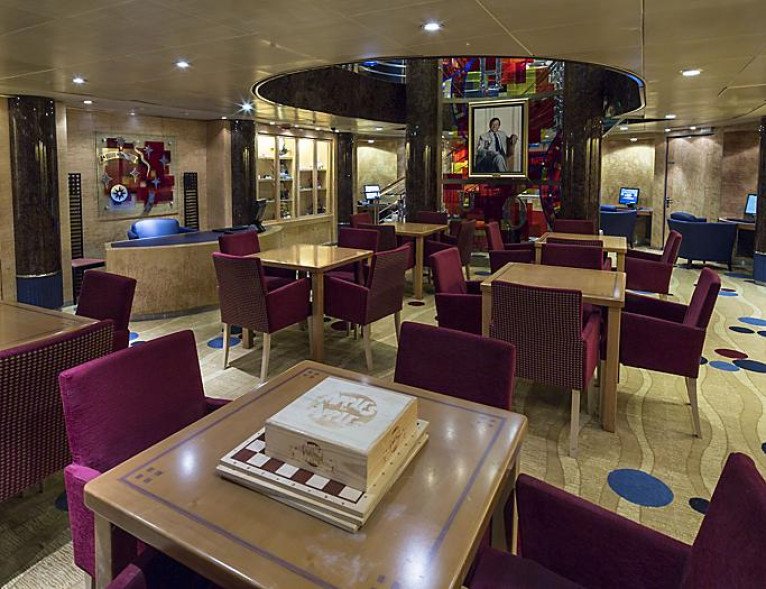

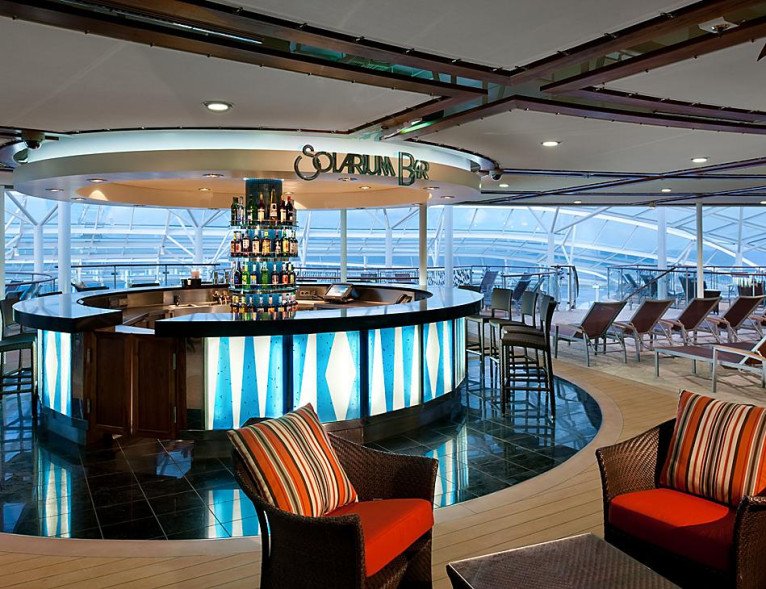
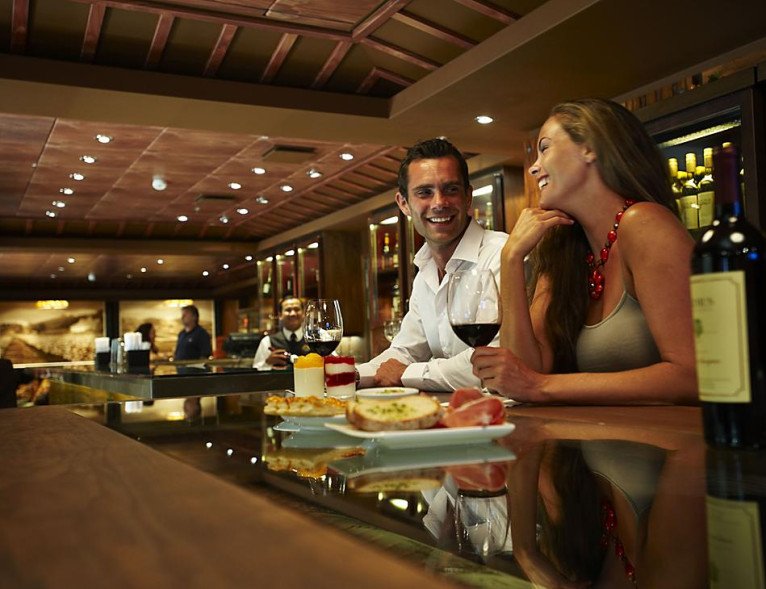
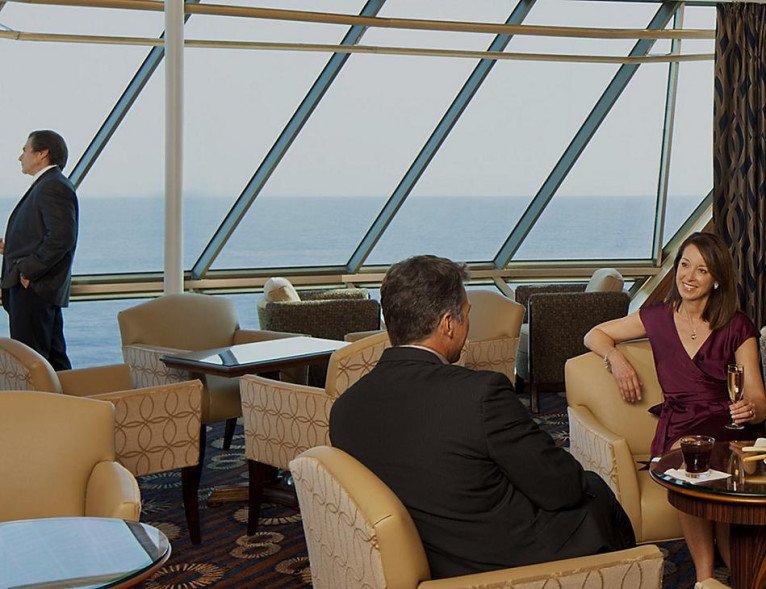









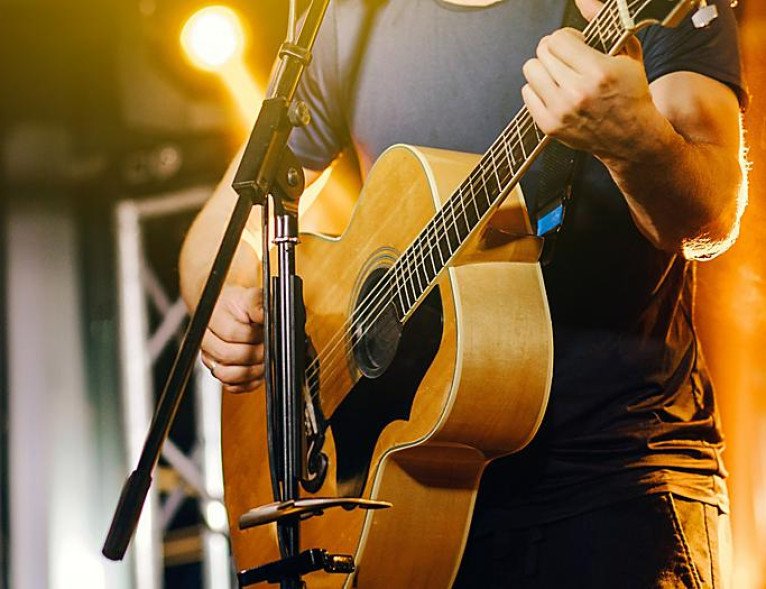
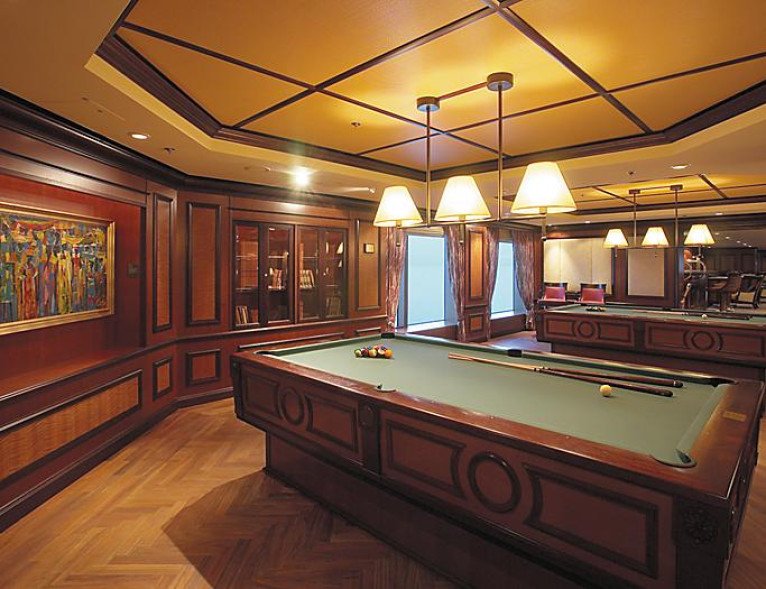



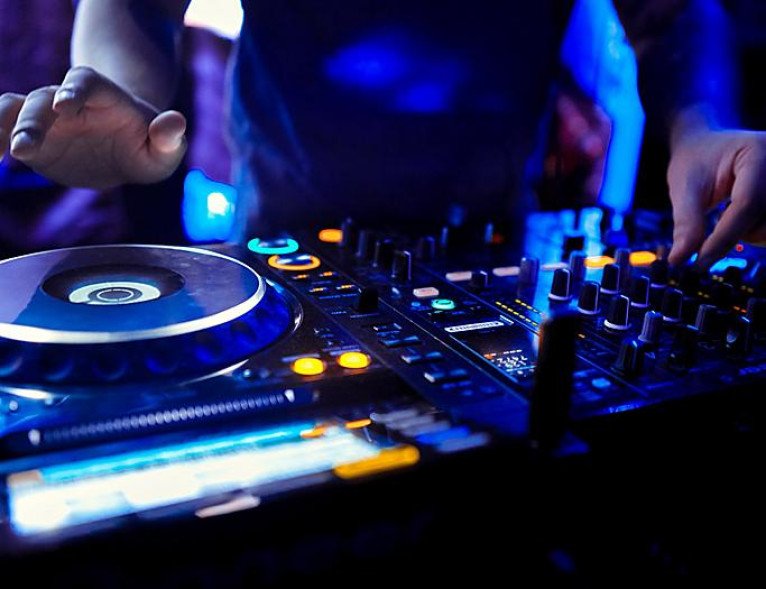
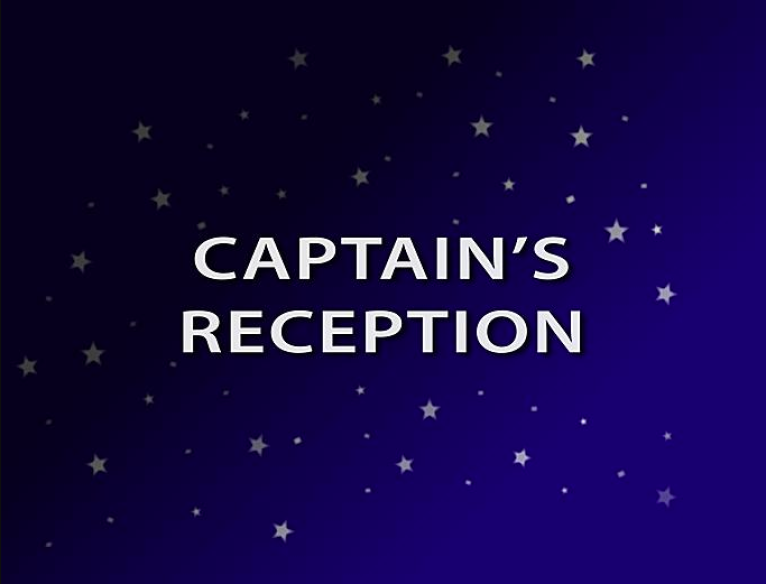

Rock Climbing Wall
A BOLDER BOULDER
The view alone is worth every step. Climb 12 metres above deck on the signature Rock Climbing Wall, where everyone from beginners to speed climbers can strap in and go vertical. With no reservation required at this complimentary activity, you can visit the view again and again.
Rise to the occasion and take on the signature Rock Climbing Wall. From beginners to speed climbers, everyone can enjoy an unparalleled view from 12 metres (40 feet) above deck. Included in your fare, no reservation required.
Restrictions
6 years old









Pools
SWIM IT TO WIN IT
The pool deck is the place to be. And each ship has several to choose from. Bask in the sun or relax in the shade while you sip a cool tropical cocktail and enjoy the complimentary loungers and live music.
RESTRICTIONS
Potty Trained is required. Children cannot be wearing a nappy.
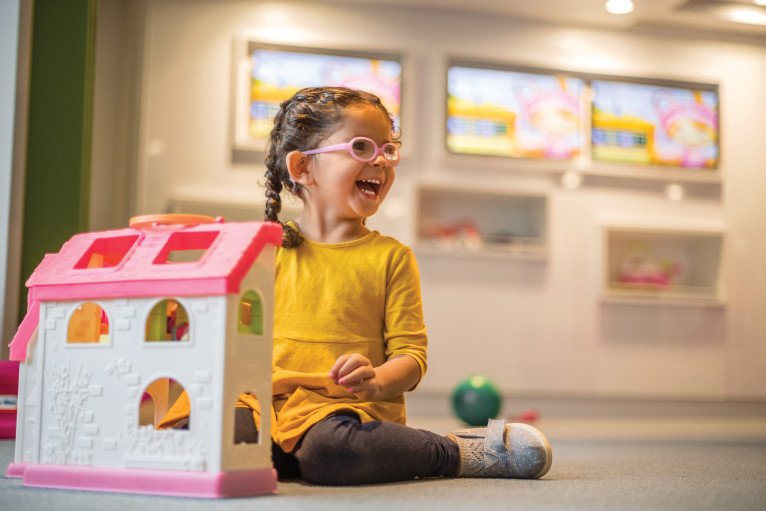





Adventure Ocean®
SMALL HANDS ON DECK
When the kids are happy, their parents are happy. And our award-winning Adventure Ocean® Youth Programme is designed with that in mind. Tiny travellers aged 3 to 5 will have an education blast in the Aquanauts group. The Explorers program keeps 6 to 8 year-olds entertained with activities such as themed parties and more. And learning is a thrill-fest for 9 to 11 year-olds in the Voyagers group.
Age Range
3-11 years
Insider Tips
Adventure Ocean space varies by ship
Deck 13

- Viking Crown Lounge
- Concierge Club
- Concierge Lounge
- Starquest Nightclub
- Rock Climbing Wall
- Fairways of Brilliance
- Elevator
Deck 12

- Vitality at Sea Spa and Fitness Centre
- Elevator
- Sky Bar
- Running Track
- Optix Teen Disco
- Loyalty Desk
- Nursery
- Adventure Ocean
- Adventure Beach
- Sports Court
- Sports Deck
- Video Arcade
- Izumi
Deck 11

- Vitality at Sea Spa and Fitness Centre
- Elevator
- Solarium
- Pool
- Whirlpool
- Park Café
- Bar
- Pool Area
- Movie Screen
- Art Gallery
- Windjammer Café Veranda
- Windjammer Café
- Windjammer Café Outdoor
Deck 10

- Grand Suite - 2 Bedroom
- Grand Suite - 1 Bedroom
- Junior Suite (x2 Accessible Suites)
- Royal Suite - 1 Bedroom
- Owner's Suite - 1 Bedroom
- Spacious Ocean View Balcony
- Ocean View Balcony
- Connecting Oceanview Balcony
- Interior
- Bridge
- Elevator
Deck 9

- Owner's Suite - 2 Bedroom
- Spacious Ocean View Balcony
- Ocean View Balcony
- Obstructed Ocean View Balcony
- Connecting Oceanview Balcony
- Interior
- Elevator
Deck 8

- Owner's Suite - 2 Bedroom
- Spacious Ocean View Balcony
- Ocean View Balcony
- Obstructed Ocean View Balcony
- Connecting Oceanview Balcony
- Spacious Ocean View
- Ultra Spacious Ocean View
- Interior
- Elevator
Deck 7

- RC Online
- Elevator
- Owner's Suite - 2 Bedroom
- Spacious Ocean View Balcony
- Ocean View Balcony (6x Accessible)
- Obstructed Ocean View Balcony
- Connecting Oceanview Balcony
- Spacious Ocean View
- Ocean View
- Ultra Spacious Ocean View
- Interior
Deck 6

- Pacifica Theatre
- Elevator
- Cinema
- Pub
- Casino Royale
- Vintages
- Schooner Bar
- Chops Grille
- Giovanni's Table
- Chef's Table
- The Colony Club
- Jakarta Lounge
- Singapore Sling's
Deck 5

- Pacifica Theatre
- Elevator
- Promenade Deck
- Conference Centre
- Art Gallery
- Photo Gallery & Shop
- Shops of Centrum
- Café Latte-tudes
- Next Cruise
- Minstrel Dining Room
Deck 4

- R Bar
- Centrum
- Picture This
- Shore Excursions
- Guest Services
- Card Room
- Minstrel Dining Room
- Elevator
- Ocean View (x2 Accessible Staterooms)
- Connecting Oceanview
- Studio Interior
- Interior (x2 Accessible Staterooms)
Deck 3

- Ocean View
- Connecting Oceanview
- Interior (x2 Accessible Staterooms)
- Elevator
Deck 2

- Medical Facility
- Ocean View
- Interior (x1 Accessible Stateroom)
- Elevator
Brilliance of the Seas Cabins & Suites



Interior





Connecting Ocean View






Spacious Ocean View Balcony










-custom_banner-thumb.jpg)

-custom_banner-banner_half.jpg)

-large_thumb.jpg)









